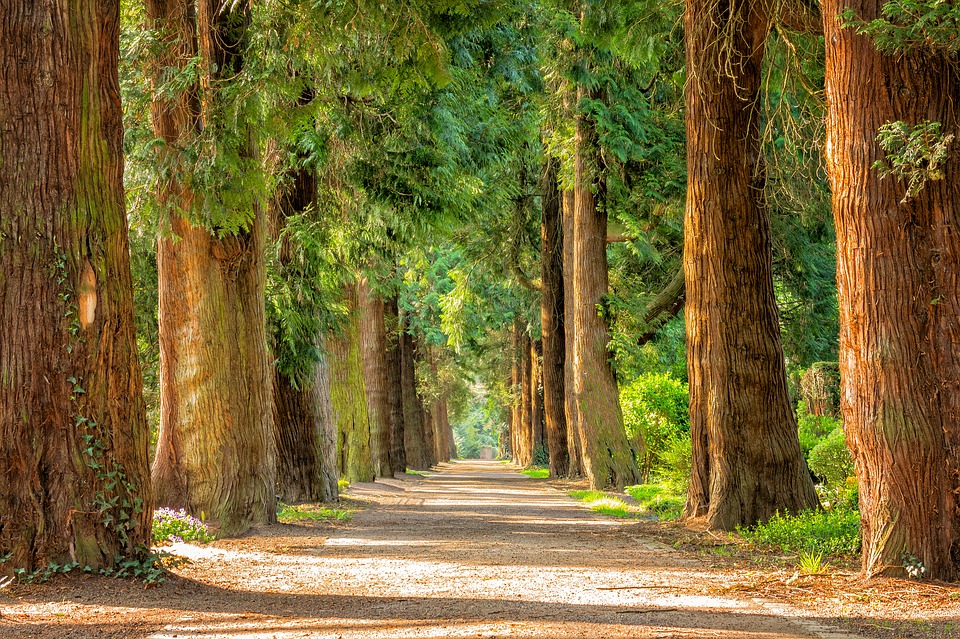Heat index in India rising significantly every decade. The heat is on, from March until September. Increasing urban vegetation holds possibility for reducing summertime air temperatures and saving cooling energy.
Roads, expanses of concrete with closely spaced multi-storeyed buildings have taken the place of green cover, water bodies and barren lands. This substitution results in turning the Indian cities into “heat islands”, according to “India Spend” review of scientific studies in five cities.
With no doubt: The difference between the daytime maximum and nighttime minimum daily temperatures – the diurnal temperature range – is reducing drastically. This point out that built up city centers are acting like heat reserves, even the outskirts are cooler in temperature. A higher range of temperature indicates greater cooling.
As per the article of Down to Earth, Mercury hovering around early 40°C in Gujarat; Delhi experiencing the hottest March in the last eight years and Mumbai sizzling at 41°C are ominous signs.
The IMD's seasonal forecast indicated that there is a 52 per cent chance of maximum temperatures in the core heat wave zone touching its peak between March and May. Over the major parts of northwest India (including western Himalayan region) and parts of central India and Peninsular India in the coming days the maximum temperatures, are likely to be ‘markedly above normal’ (5°C or more)
Looking forward does not seem assuring, even the present does not look any more fitted. The temperatures rise from 0.5 to 1°C higher than the long-term average has already been foretold by the Indian Meteorological Department (IMD). While northern and western parts of the country will see a fast increase in mean seasonal temperatures by more than 1°C, the southern states could see temperatures rise between 0.5 degrees Celsius and 1°C from their long-term averages.
With this, the country is heading towards extreme water crisis. According to the reservoir storage bulletin issued by the Central Water Commission on March 28, live storage available in all the 91 reservoirs is 46.136 BCM, which is 28 per cent of total live storage capacity. This is 13 per cent lower than the storage in corresponding period last year and 11 per cent lower than the average of the past 10 years.
Only trees and plants combat the adverse affect of temperature increase and water crises. Trees and plants have always been known to clean our air not just by sucking up and trapping harmful gases, such as carbon dioxide, but also by trapping the particulate matter. Trees are considered the natural air conditioners, helping in alleviating the heat in cities. Trees are the only golden mean which will not let our surroundings transformed into “heat islands”.
How do plants bring down the temperature
Not only plants regulate the temperature and provide fresher air but also have the ability to enrich the living area with attractive foliage having a pleasant effect that cools and calms. It's the plants at work. All plants release moisture and when the weather is hot this helps to bring down the ambient temperature.
Air is made in use by plants for their natural processes - the absorbance of the air and release of moisture make the surroundings cooler. This process of the plants releasing moisture into the environment is called transpiration. It is like perspiration in the humans.
Space crises for planting trees might not be the viable option for most home dwellers. Along with this, the idea of potted plants into the home comes up as a good alternative. Potted plants perform the same function as huge trees. So, potted plants for the indoor environment makes torrid summer months cool along with big tress.
These indoor plants with the improvement of the air quality, absorbs toxins and give out oxygen. So we will be able to breathe clean, fresh air and feel rejuvenated.
Technical University of Munich compared two urban tree species, i.e. black locust and the linden tree and found that “Black locust consuming little water provides a higher cooling effect if planted on grass lawns”. “With this the soil remains moister because of the trees; the grass dissipates the additional heat through water evaporation, reducing the ground temperature”. However , the trees with bigger and denser canopies along with the higher stomatal water loss, linden trees use large intercepted radiation to vaporize them results in better micro- climate cooling of the surroundings.
Different studies and researches proved the benefits of huge trees and indoor plants. Planting of more and more trees along the road sides, gardens, around home dwelling areas and inside the living areas become advisable so as to fight with the heat stress and hot waves. Practice of planting more and more trees can result in witnessing the slight fall in day and night temperature.
The following are the list of few species which can generally be planted throughout India:-
|
Botanical Name |
Local Name |
|
Delonix regia |
Gulmohar |
|
Cassia fistula |
Amaltas |
|
Bauhinia sps. |
Kachnar |
|
Cassia nodusa |
Cassia |
|
Jacaranda mimosaefolia |
Jacaranda |
|
Terminalia arjuna |
Arjun |
|
Syzygium cumini |
Jamun |
|
Cordial dicotma |
Lasoda |
|
Pongamia pinnata |
Kanji |
|
Albizia lebbek |
Kala siris |
|
Grevillea robusta |
Silver oak |
|
Dalbbergia sissoo |
Shisham |
|
Melia azadiracta |
Bakain |
|
Ficus religiosa |
Peepal |
|
Madhuca indica |
Mahua |
|
Mangifera indica |
Mango |
|
Azadirachta indica |
Neem |
|
Tamarindus indica |
Imli |
Indoor Plants:-
1. Aloe vera
2. Areca palm tree
3. Ficus tree
4. Fern
5. Snake plants
6. Golden pothos
